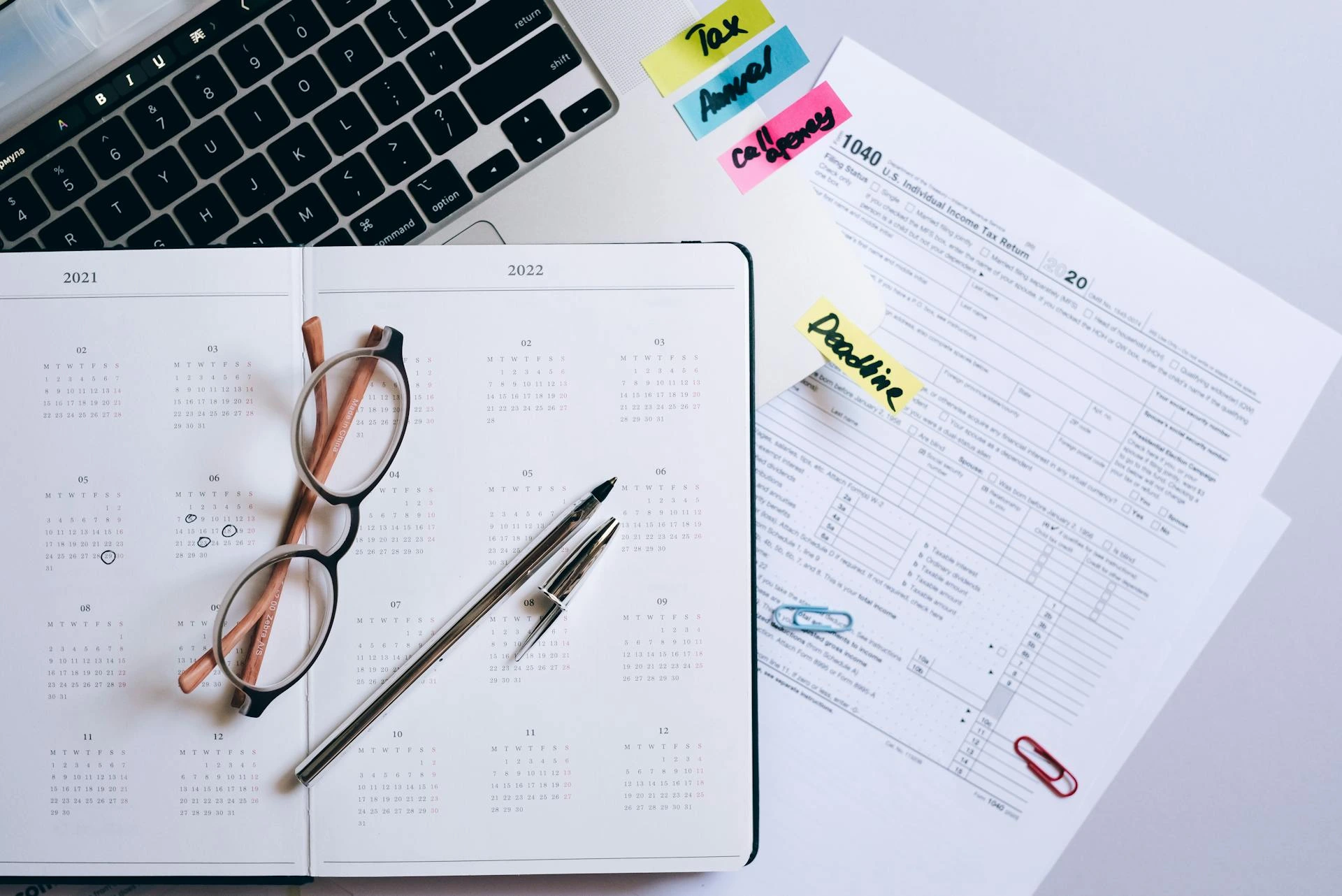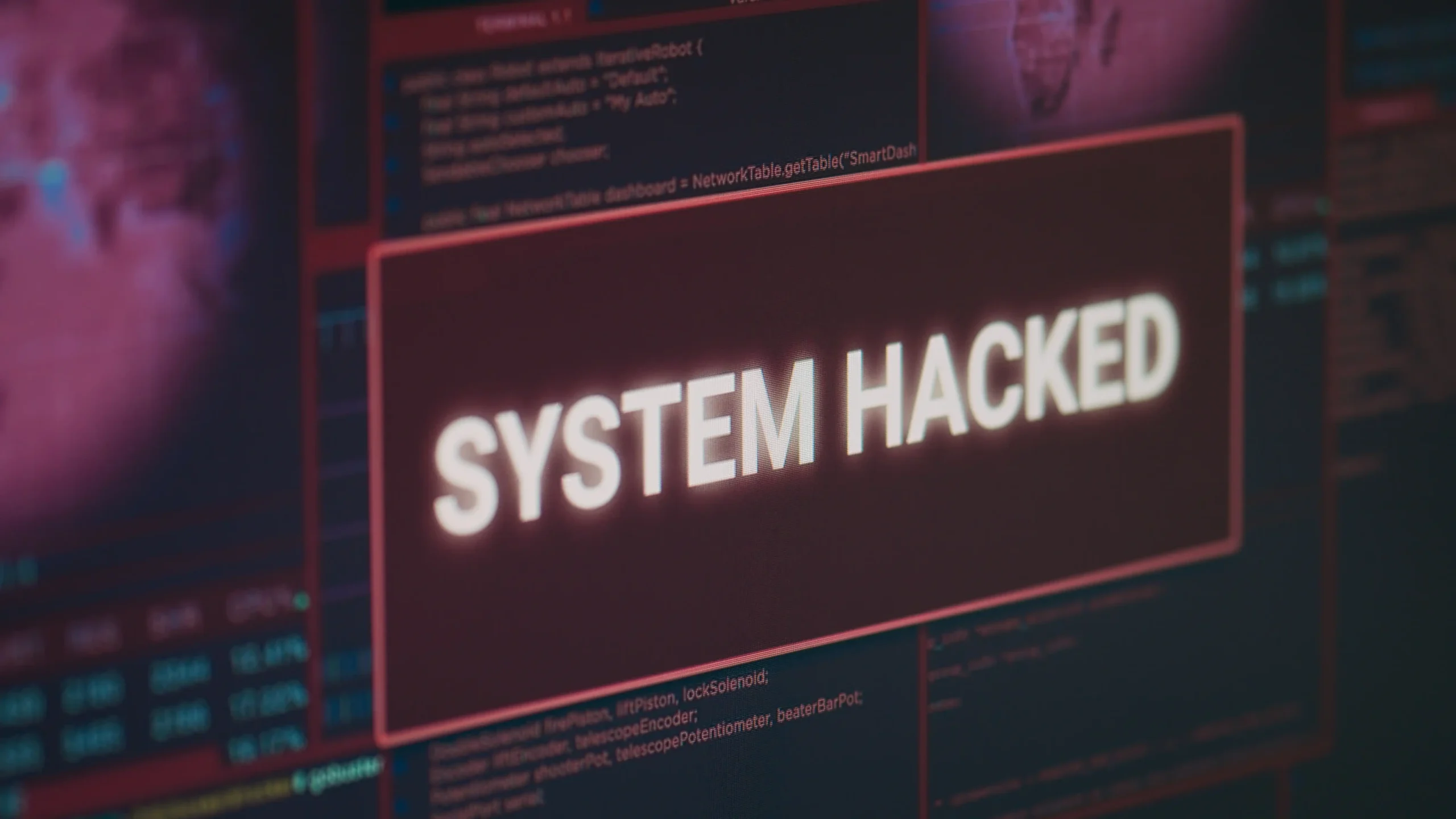Istilah audit, tentu sudah tidak asing di telinga kita. Proses auditing dilakukan oleh seorang auditor dan ia membutuhkan sebuah bukti audit yang berfungsi sebagai pendahuluan untuk opini berkualitas tinggi.
Auditing sendiri diartikan sebagai proses pengumpulan bukti dari kegiatan ekonomi dan bertujuan untuk menyelaraskan laporan.
Bukti tersebut bisa diperoleh melalui beberapa cara, yakni pemeriksaan, pengamatan, serta konfirmasi dari pihak yang bersangkutan atas laporan yang diserahkan sebelumnya kepada auditor.
Dengan kata lain, bukti audit merupakan salah satu aspek paling penting dalam proses auditing karena menyangkut laporan yang dihasilkan.
Namun, masih ada pula sebagian orang yang menyepelekan bukti auditing. Padahal, ini menjadi aspek paling mendasar dalam melakukan audit.
Maka dari itu, melalui artikel ini akan membahas secara lengkap bukti audit supaya menambah pemahaman Anda. Berikut ini arti, jenis, dan contoh bukti auditing yang wajib Anda ketahui!
Apa itu Bukti Audit?

Bukti audit adalah sebuah data atau informasi yang dikumpulkan oleh seorang auditor untuk meninjau dan menganalisis laporan keuangan serta transaksi perusahaan.
Semua laporan perusahaan harus diverifikasi demi membuktikan keasliannya. Verifikasi ini dilakukan oleh auditor atau akuntan publik.
Keaslian bukti dianggap cukup, apabila hasil laporannya sesuai dengan kepatuhan undang-undang maupun hukum negara.
Tujuan adanya bukti audit adalah untuk mendukung pengambilan keputusan sebuah perusahaan. Selain itu, juga bertujuan untuk membantu menentukan prosedur audit yang akurat kedepannya.
Bukti ini diperlukan supaya auditor bisa melakukan proses audit untuk menghasilkan laporan yang kompeten. Terdapat beberapa cara mendapatkan bukti audit yang perlu dilakukan.
Mulai dari inspeksi yang meliputi pemeriksaan catatan atau dokumen secara menyeluruh. Kemudian, lanjut proses pengamatan terkait kinerja perusahaan.
Selanjutnya permintaan keterangan dari hasil pengamatan sebelumnya. Setelah itu, melakukan perhitungan kebenaran data atau informasi serta ditinjau secara analitis.
Jenis Bukti Audit
Keakuratan bukti menjadi landasan yang utama dari proses auditing. Hal ini karena mengacu pada kuantitas dan kualitas dari sebuah audit.
Maka dari itu, terdapat beberapa jenis bukti audit yang biasa dikumpulkan oleh seorang auditor selama proses auditing.
Berikut, kami berikan penjelasan terkait jenis-jenisnya:
1. Pemeriksaan fisik
Pertama, seorang auditor harus memeriksa secara fisik keberadaan aset atau harta untuk diverifikasi. Tidak hanya melakukan verifikasi saja, melainkan juga memeriksa kondisi aset yang ada.
Tujuan melakukan pemeriksaan ini adalah sebagai bukti utama dari aset yang tersedia dan auditor akan melakukan perhitungan terhadap aset tersebut. Misalnya, surat berharga, barang persediaan, uang tunai, dan sebagainya.
2. Konfirmasi
Konfirmasi merupakan jenis bukti audit yang didapatkan oleh auditor melalui penegasan pihak ketiga. Bukti ini berupa jawaban atas permintaan informasi yang berkaitan dengan tujuan audit.
Dalam hal ini, auditor harus memastikan bahwa informasi yang didapatkan benar-benar akurat dan tepat. Sebab, ini akan digunakan untuk mengaudit kas, saldo bank, utang dan piutang usaha.
3. Bukti dokumentasi
Selanjutnya, auditor akan melakukan pemeriksaan atau penyelidikan terhadap dokumen dari klien untuk mendukung informasi yang telah tersedia sebelumnya. Proses ini dinamakan sebagai bukti dokumentasi.
4. Wawancara
Proses untuk mendapatkan bukti audit juga dilakukan sebuah wawancara terhadap klien untuk memperoleh informasi secara lisan atau tertulis. Tujuannya, supaya mendapatkan bukti lebih akurat dari pertanyaan auditor.
5. Prosedur analitis
Seorang auditor akan melakukan perbandingan untuk menilai apakah data yang tersedia sudah tampak wajar dan sesuai.
Misalnya, melakukan sebuah perbandingan antara total beban gaji yang harus dikeluarkan perusahaan dengan jumlah tenaga kerjanya. Hal ini untuk melihat apakah ada pembayaran gaji yang tidak dilakukan sebagaimana mestinya.
6. Perhitungan ulang
Apabila auditor sudah mendapatkan semua informasi dari pihak klien, maka langkah selanjutnya adalah melakukan perhitungan ulang.
Perhitungan ini bertujuan untuk menguji keakuratan hasil dari klien. Hal ini nantinya akan berpengaruh terhadap hasil proses auditing-nya
7. Observasi
Jenis bukti audit yang terakhir adalah melakukan observasi. Biasanya, seorang auditor akan melakukan pengamatan di perusahaan klien.
Tujuannya, untuk melakukan pengendalian internal serta membantu mengidentifikasi risiko yang mungkin terjadi.
Sifat Bukti Audit
Selain jenis di atas, bukti audit juga mempunyai sifat yang perlu Anda pahami saat melakukan proses auditing. Sifat bukti audit dibagi menjadi dua, yakni sebagai berikut:
1. Bukti langsung
Pertama, bukti langsung yang berarti bahwa bukti audit bisa secara langsung relevan dengan pernyataan manajemen perusahaan yang akan diuji.
Misalnya, auditor akan melakukan pemeriksaan fisik terhadap aset perusahaan. Buktinya berupa berita acara pemeriksaan yang ternyata memberikan bukti langsung tentang eksistensi aset tetap klien.
2. Bukti tidak langsung
Hampir sama dengan sifat sebelumnya, bukti ini bisa dikatakan relevan terhadap pernyataan manajemen, tetapi tidak secara langsung.
Sebagai contoh, jika auditor melakukan uji pengendalian aset tetap klien dan menentukan bahwa semua sudah berjalan secara efektif, sehingga ini menjadi bukti secara langsung.
Namun, bukti tersebut juga bisa menjadi bukti tidak langsung karena kemungkinan besar tidak ada kesalahan penyajian material dari aset tetap klien.
Karakteristik Bukti Audit
Dalam melakukan proses audit, karakteristik bukti juga menjadi salah satu peran penting. Sebab, ini berkaitan dengan ketepatan dan relevansi bukti.
Nah, untuk lebih jelasnya, berikut beberapa karakteristik bukti audit yang perlu Anda ketahui:
1. Ketepatan bukti

Karakteristik pertama berupa ketepatan bukti yang berarti ukuran kualitas bukti audit. Hal berarti menyangkut relevansi dan reliabilitas terhadap semua aset dari perusahaan.
Jika bukti sudah sangat tepat, maka sangat membantu auditor bahwa laporan yang disajikan memang wajar dan apa adanya.
2. Relevansi bukti
Selanjutnya, bukti harus relevan dengan tujuan audit sebelum proses pengujian oleh auditor. Sebab, bisa saja buktinya ada yang relevan dan tidak dengan tujuan audit, sehingga akan menjadi sebuah permasalahan karena tidak transparan.
3. Reliabilitas bukti
Reliabilitas ini menyatakan seberapa jauh bukti bisa dipercaya. Hal ini karena bisa mempengaruhi transparansi dokumen yang diberikan perusahaan kepada auditor.
Jika reliabilitasnya tinggi, berarti laporan atau dokumen yang disajikan memang sudah benar dan wajar.
4. Kecukupan bukti
Berikutnya, auditor memerlukan pembuktian yang cukup untuk melihat sejauh mana bukti yang dikumpulkan bisa membantu mengambil keputusan atau opini.
Kecukupan bukti berarti berkaitan erat dengan kuantitas atau banyaknya bukti yang harus diperoleh. Sebab, kecukupan ini dipengaruhi oleh penilaian auditor terhadap risiko kesalahan dalam menyajikan dokumen oleh perusahaan.
5. Kompeten
Terakhir, berupa kompetensi bukti yang memiliki kaitan dengan kekuatan bukti audit. Kompetensi ini juga meyakinkan bahwa bukti dari proses audit bisa sepenuhnya dipercaya.
Contoh Bukti Audit
Mungkin Anda akan bertanya-tanya, apa saja sih contoh bukti audit ini? Tenang, berikut kami berikan beberapa contoh bukti audit yang bisa Anda ketahui:
1. Dokumen pihak ketiga
Dokumen ini berarti diperoleh dari pihak ketiga dalam sebuah bisnis. Pihak ini termasuk pelanggan, bank, pemasok, perusahaan leasing, pemerintah, dan lain sebagainya.
2. Dokumen internal perusahaan
Kemudian, perusahaan secara internal juga menghasilkan dokumen sebagai bukti audit. Misalnya, memo internal, register, email internal, dan sebagainya.
3. Dokumen yang disiapkan auditor
Contoh terakhir adalah dokumen yang disiapkan auditor yang disusun secara sistematis untuk memverifikasi keakuratan saldo. Dalam hal ini, auditor akan menghitung ulang depresiasi, pajak tangguhan, estimasi, dan item lainnya.
Nah, itulah pembahasan lengkap mengenai bukti audit yang perlu Anda pahami. Secara sederhana, bukti audit adalah data yang dikumpulkan oleh auditor untuk meninjau dan menganalisis laporan keuangan serta transaksi perusahaan.
Melalui pembahasan tersebut, dapat disimpulkan bahwa proses audit tidak bisa sembarangan dilakukan oleh semua orang. Sebab, berkaitan erat dengan keberlanjutan sebuah usaha.
Maka dari itu, sebaiknya Anda mempercayakan proses audit dari Audithink karena memberikan kemudahan perencanaan dan efisiensi proses audit.
Audithink menawarkan Software Audit Internal yang akan membantu perusahaan Anda untuk melakukan proses audit lebih mudah, tepat, dan akurat, serta bisa dilakukan monitoring secara real time. Apabila tertarik untuk menggunakannya, maka bisa segera melakukan Request Demo dan konsultasikan semua kebutuhan audit perusahaan Anda.




